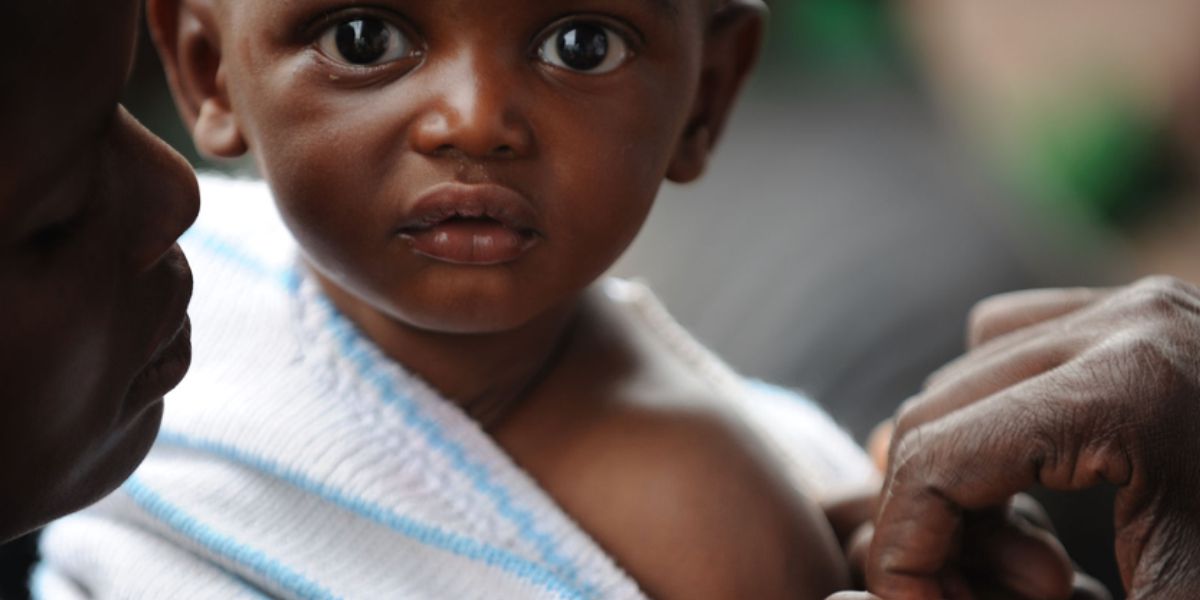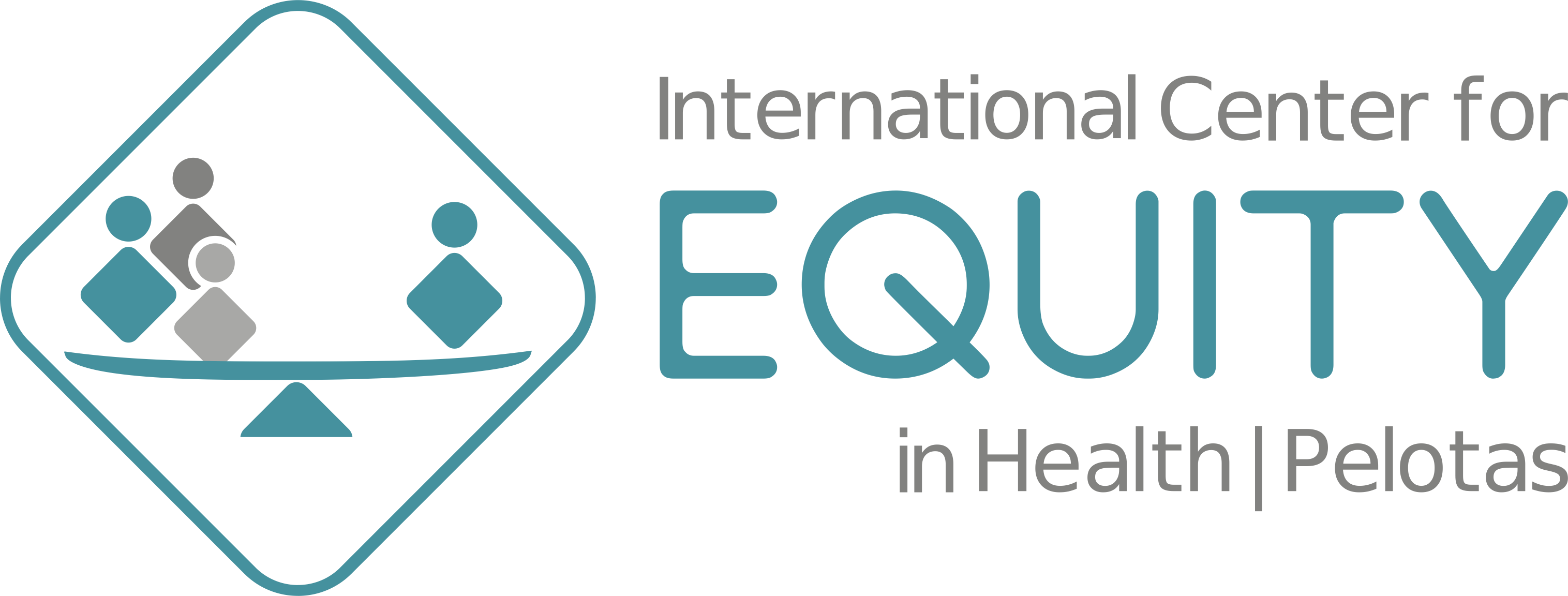News
Back to the News
June 21, 2021
Finding Children with High Risk of Non-Vaccination in 92 Low- and Middle-Income Countries: A Decision Tree Approach

With over 13 million children receiving no vaccines each year, the Immunization Agenda 2030 (IA2030) selected “leave no one behind” as a motto and adopted a strategy that should target both reduction in inequalities and be tailored to the national context of each country. Identifying risk groups for non-vaccination in LMICs could be useful for reducing inequalities and tailoring interventions that could reach and successfully vaccinate the children that are being left behind. Zero-dose children — those who failed to receive any vaccine — represent a particularly vulnerable group being left behind by multiple vaccination services and interventions.
A decision tree approach was used for 92 low- and middle-income countries using data from Demographic and Health Surveys and Multiple Indicator Cluster Surveys, allowing the identification of groups of children aged 12–23 months at high risk of being zero dose.
The decision tree analysis indicates a clear message: the children at a higher risk of being zero dose are the ones who themselves and whose mothers have been left out by other health services and interventions, in particular antenatal care. The fewer health services and interventions the child/mother pair received, the higher the risk that the child has not been vaccinated. The triple exposed children (those whose mother did not receive any doses of the tetanus vaccine, who did not have any antenatal care visits and whose delivery was not in a health facility) had an alarming zero-dose prevalence of 42%. Those children were also poorer, more rural, and their mothers less educated.
This result corroborates the current recommendation by the IA2030 to “Encourage greater collaboration and integration within and beyond the health sector,” reinforcing the importance of integration between primary health care services in order to increase efficiency and reach those who are being left out by multiple basic interventions, in order to achieve the Sustainable Development Goals and the IA2030.
Link to access the full text: Vaccines
